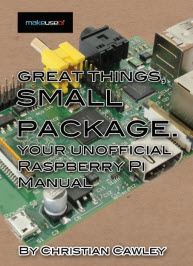Atmel maXTouch Capacitive Touchscreen Controller

Atmel released of its new maXTouch™ family of capacitive touchscreen controller solutions, capable of supporting an unlimited number of unique simultaneous touches with a video-quality screen refresh rate of 250 Hz. Atmel’s new maXTouch technology platform supports the development of touch screens surpassing 10 inches with full zoom, rotate, handwriting and shape recognition functionality. In addition, this new touchscreen solution features Atmel’s patented charge transfer technology which enhances the traditional mutual and self-capacitance solutions, now effectively tripling the industry’s highest performance touchscreen solutions.
Atmel’s maXTouch solutions have been developed to provide uncompromising capacitive touch capability combined with the industry’s lowest power consumption and unsurpassed configurability to exceed todays user interface requirements. The first device in the family, the mXT224, has 224 nodes that allow it to accurately report the positions of unlimited, simultaneous touches and it can completely redraw the screen every 4/1000 of a second (4 mS). The mXT224’s large number of nodes and fast performance makes it the world’s first touchscreen solution suitable for advanced touch screen functionality, such as rejection of unintended touches, stretch/pinch and rotate gestures, handwriting and shape recognition such as face detection on mobile phones, mobile Internet devices (MID) and netbook screens surpassing 10 inches.
The mXT224 is the first capacitive touchscreen solution able to support not just finger touch but also stylus, fingernails and gloves for drawing or signature capture and character recognition, thanks to its 80:1 signal-to-noise ratio (SNR) and extremely fast refresh rate. A high SNR is critical for the accurate reporting of adjacent or weak signals, and allows for precise reporting in noisy environments such as products with noise coupled from radio transceivers, LCD displays and battery chargers. Solutions without a suitably high SNR consume more power and decrease their response time with extra filtering and processing in an attempt to extract a weak signal from a high noise environment. In contrast, the nearest competing off-the-shelf touchscreen solution has half as many nodes as the mXT224, a screen refresh rate of only 83 Hz (66% slower) and an SNR of only 25:1 (66% less). In addition to offering the best SNR rates in the market, maXTouch offers advanced noise suppression algorithms to provide end products with the ultimate immunity against coupled noise issues.
source Atmel






